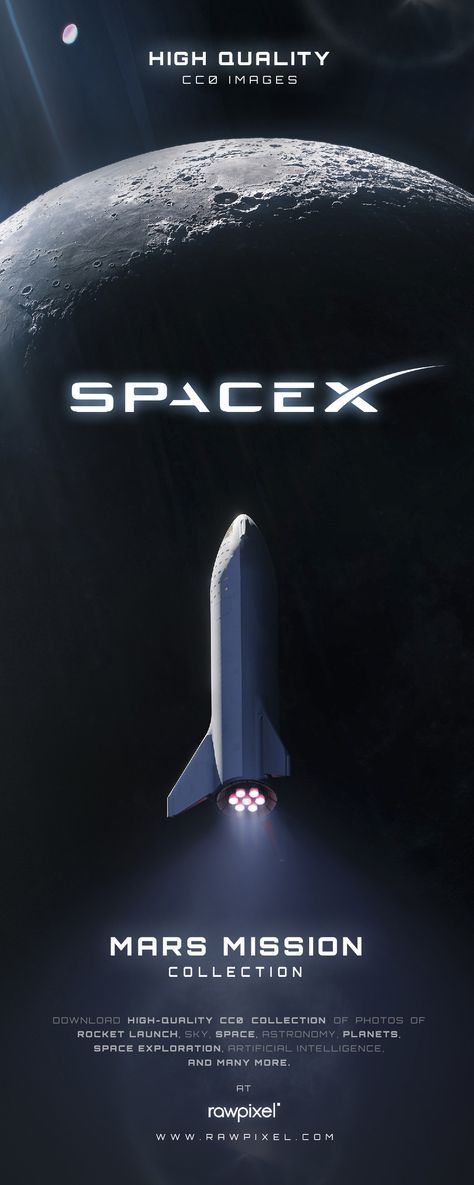The universe is an unfathomable expanse, a realm of seemingly infinite depth that has captivated humanity’s curiosity for centuries. From the twinkling stars in the night sky to the mind-boggling scale of galaxies, space offers a profound perspective on how small and interconnected our place is in the cosmos. But how deep and diverse is the universe? Let’s take a journey through the vastness of space and the incredible mysteries it holds.
The Scale of the Universe: Beyond Human Comprehension
To grasp the vastness of space, consider the speed of light: the fastest thing in the universe, traveling at 186,000 miles per second. Yet even light takes over 8 minutes to travel from the Sun to Earth, 4 years to reach us from the nearest star, and more than 2.5 million years to journey from the Andromeda Galaxy, our closest galactic neighbor.
Our Milky Way galaxy alone contains over 100 billion stars, each potentially hosting planets. And beyond that? The observable universe stretches for 93 billion light-years in diameter, containing trillions of galaxies. Within this unfathomable expanse, countless stars and planets form intricate cosmic webs.
The Depths of Space: Time as a Dimension
Space isn’t just vast—it’s also deep, with time acting as a crucial dimension. When we look at distant galaxies, we aren’t just seeing them as they are now; we’re seeing how they appeared millions or even billions of years ago. This phenomenon, known as “looking back in time,” reveals the early stages of the universe’s evolution.
The universe began approximately 13.8 billion years ago with the Big Bang, a moment of unimaginable energy and density. Since then, space has been expanding at an accelerating rate, stretching the fabric of time and distance further and further.
A Symphony of Diversity: Stars, Planets, and Black Holes
The universe isn’t just vast—it’s incredibly diverse. Consider these marvels
- Stars and Nebulae: Stars come in all sizes, from red dwarfs that burn for trillions of years to massive blue giants that explode as supernovae, leaving behind neutron stars or black holes. Nebulae, like the stunning Orion Nebula, are the cosmic nurseries where stars are born.
- Exoplanets: Since the 1990s, astronomers have discovered thousands of exoplanets orbiting distant stars. These worlds are as varied as their stars—some are hot gas giants, while others are rocky planets within the “habitable zone,” where conditions might support life.
- Black Holes: Perhaps the most mysterious objects in the universe, black holes are regions of spacetime where gravity is so strong that not even light can escape. They challenge our understanding of physics and are crucial to the dynamics of galaxies.
The Mystery of the Unknown: Dark Matter and Dark Energy
Despite all our discoveries, we’ve barely scratched the surface of the universe’s mysteries. Scientists estimate that ordinary matter—everything we can see and touch—makes up only 5% of the universe. The rest is composed of:
- Dark Matter: Invisible and mysterious, dark matter binds galaxies together with its gravitational pull.
- Dark Energy: This force is driving the accelerated expansion of the universe, pushing galaxies further apart over time.
These two components make up 95% of the universe, and their nature remains one of the biggest puzzles in modern science.
Are We Alone? The Search for Life
One of the most profound questions about the universe is whether we’re alone. The sheer number of stars and planets suggests the possibility of life beyond Earth. Projects like SETI (Search for Extraterrestrial Intelligence) and missions to explore Mars and Europa continue to probe for answers.
The discovery of extremophiles—organisms that thrive in extreme conditions on Earth—has further fueled the idea that life could exist in environments previously thought inhospitable, such as beneath the icy crusts of distant moons or in the atmospheres of exoplanets.

